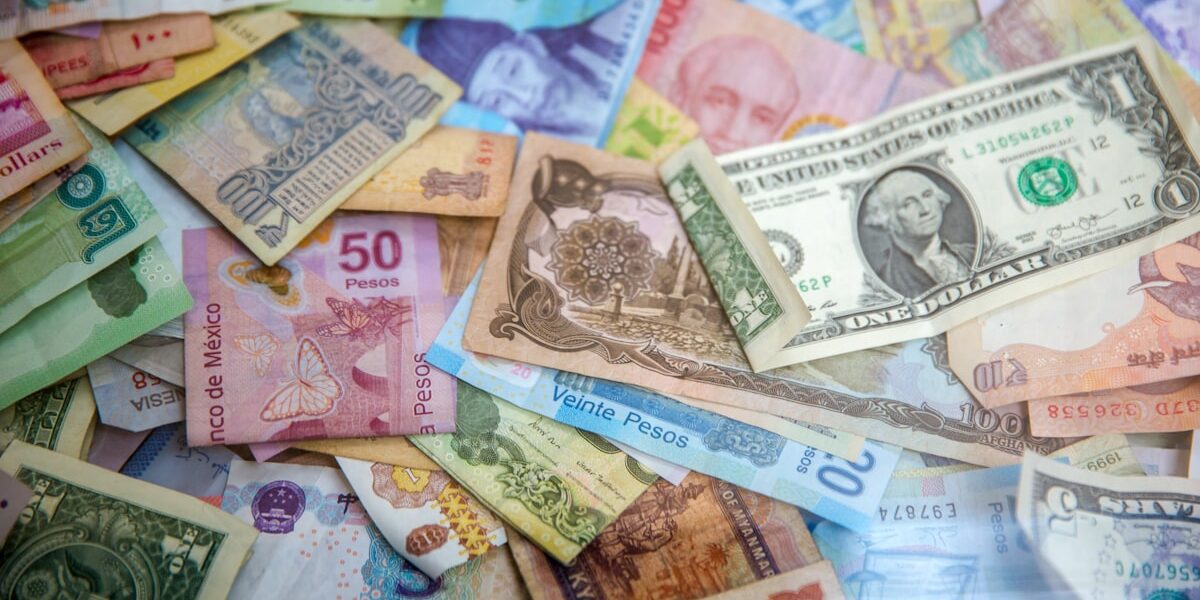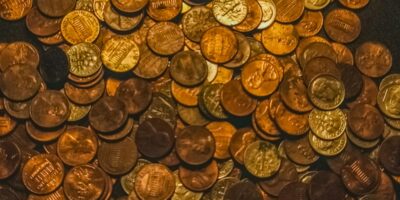The 1935 Wheat Penny: An In-Depth Look
The 1935 wheat penny is a notable coin for collectors of vintage American coinage. It belongs to the Lincoln Wheat Cent series, which was minted from 1909 to 1958. Besides its historical value, it represents a glimpse into the economic and cultural backdrop of the United States during the mid-1930s. Understanding this coin requires a dive into its design, production specifics, and value in today’s market.
Design and Specifications

The obverse of the 1935 wheat penny showcases the profile of Abraham Lincoln. This design debuted in 1909 to commemorate Lincoln’s 100th birthday. The designer, Victor David Brenner, aimed for a portrait that exuded dignity and respect. The words In God We Trust arch above Lincoln’s head, while Liberty appears to his left. The mint year, 1935, is positioned to the right.
The reverse features the wheat ears, characteristic of the series. These ears flank the inscriptions One Cent and United States of America. Above these inscriptions lies E Pluribus Unum, an essential motto of U.S. currency that means Out of Many, One.
The coin is composed of 95% copper, with the remainder made up of tin and zinc. It has a diameter of 19 millimeters and a weight of 3.11 grams. The edge is plain, maintaining its simplicity.
Minting and Distribution
- Philadelphia Mint: The main production was at the Philadelphia Mint, where over 245 million pieces were struck. These coins bear no mint mark.
- Denver Mint: A significant number, about 47 million, were made here, marked with a small D on the coin’s obverse.
- San Francisco Mint: The San Francisco facility contributed about 38 million coins with an S mint mark.
The vast number of coins produced in 1935 ensures that the penny is relatively common today. This accessibility makes it an appealing entry point for novice collectors.
The Historical Context
The 1935 wheat penny aligns with a pivotal era in U.S. history. The country was in the midst of recovering from the Great Depression. Franklin D. Roosevelt’s New Deal policies, aimed at economic revitalization, were in full swing. Coin circulation was part of this recovery, promoting financial flow and stability.
The presence of Lincoln on the penny held additional significance. His legacy of leadership through civil strife resonated during the 1930s. Citizens found a small measure of reassurance in holding a coin depicting a leader known for preserving unity and overcoming adversity.
Collector Significance
Grade and Condition
For collectors, the condition of a 1935 wheat penny profoundly influences its value. Grading ranges from Poor (P-1) to Mint State (MS-70). Lower graded coins, exhibiting significant wear, are ubiquitous and hold nominal monetary worth. Properly identified Mint State specimens, however, draw interest due to their crisp detailing and luster. Uncirculated coins in superb condition can fetch prices ranging from $5 to $25, depending on the market.
Errors and Variants
Most 1935 pennies are consistent in design, yet errors can occur during minting. These rare anomalies significantly affect worth. Collectors prize double die obverses or reverses, where doubling of text or design elements occurs. An even more cherished error is the repunched mint mark, where the mint mark shows evidence of being stamped more than once. Such factors elevate the coin’s value and rarity.
Purchasing and Appraisal
Interested in acquiring a 1935 wheat penny? Begin with established dealers or coin shows. Trusted sources offer coins with certification and grading from professional services. Always inspect the coin for authenticity and grade accuracy, considering toning, wear, and strike quality.
Appraisal services offer detailed evaluations. Numismatists consider factors like historical context, rarity, and market trends. Their expertise helps determine fair pricing in transactions.
Preservation Tips
Coins are easy to maintain, but proper steps enhance longevity. For the 1935 wheat penny, keep in a stable, non-corrosive environment. Avoid direct sunlight and fluctuating temperatures. Use holders or albums designed to prevent tarnish and wear. Clean only under expert guidance; improper cleaning damages the coin irretrievably.
For serious collections, security is paramount. Use locked storage solutions, like safes or bank deposit boxes, to prevent theft and damage. Insurance is advisable for high-value collections.
Remaining Accessible and Fascinating
Despite their volume, 1935 wheat pennies continue to intrigue with rich backstories and collectible variations. Beginners appreciate their availability and historical significance, entering the hobby easily. Meanwhile, seasoned collectors find value in exploring less common varieties and conditions. In either case, the 1935 wheat penny remains a unique artifact, reflecting an era of challenge and change in American history.
Recommended Collecting Supplies
Coin Collection Book Holder Album – $9.99
312 pockets for coins of all sizes.
20x Magnifier Jewelry Loupe – $13.99
Essential tool for examining coins and stamps.
As an Amazon Associate, we earn from qualifying purchases.




Subscribe for Updates
Get the latest articles delivered to your inbox.
We respect your privacy. Unsubscribe anytime.